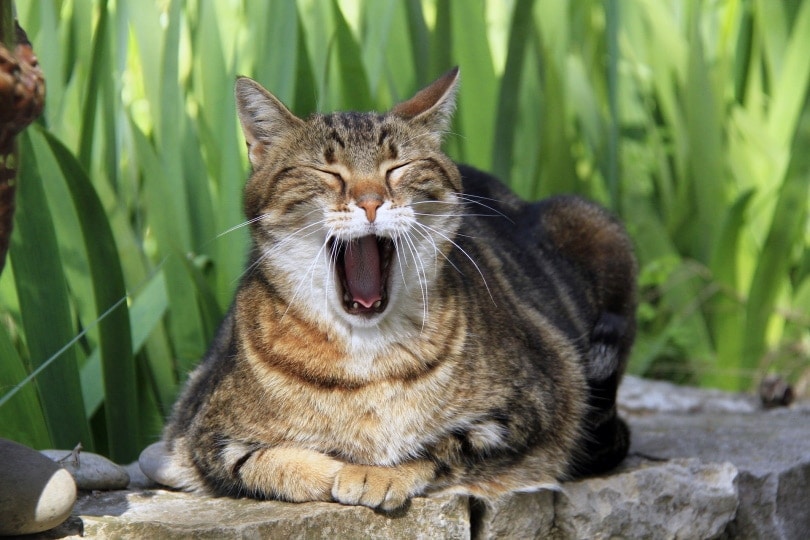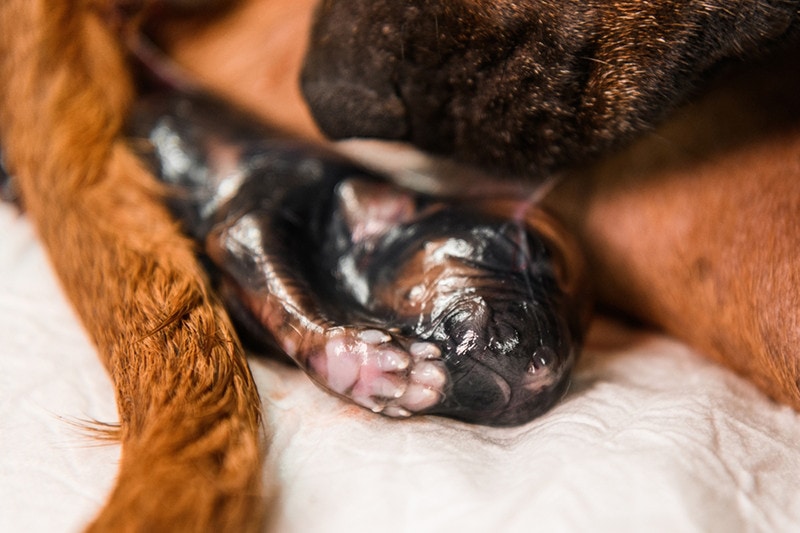MiraLAX for Cats: Dosage and Uses (Vet Answer)

Updated on
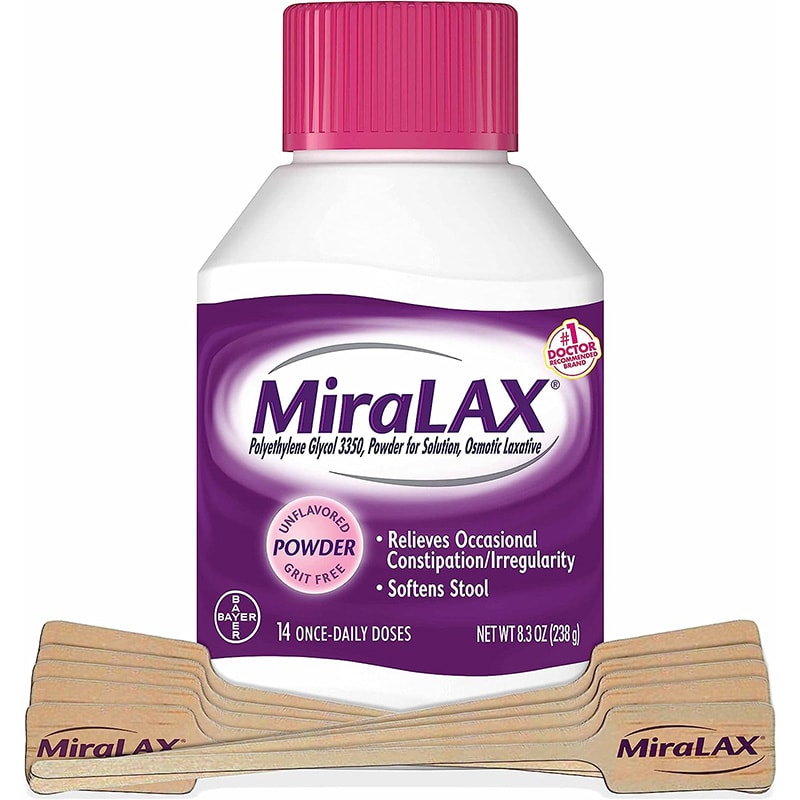
Click to Skip Ahead
In the human medical world, the drug MiraLAX is a commonly used medication to help people with infrequent or difficult passing of bowel movements (constipation). The product itself is an oral osmotic laxative that promotes softer stool. But, did you know that the same medication has also been used in veterinary medicine as an option for mild constipation in cats?
In this article, we’ll discuss what this drug is, how it works, and specifically its use for our feline friends in more detail.
What Is MiraLAX?
The generic name of MiraLAX is Polyethylene glycol 3350 and it can also be referred to as PEG 3350. It is commonly available over the counter and is also sold under other brand names such as GlycoLax, GaviLax, and ClearLax, among numerous others. This product was first approved by the FDA for people in 1999 as a prescribed medication and then became available for over-the-counter use in 2006.
So how does MiraLAX work? It is an osmotic laxative that can help in cases of mild constipation. This means that the active ingredient, PEG 3350, does not get absorbed into the intestinal tract but instead attracts water in the body to the colon that then softens the stool. PEG 3350 also promotes gentle peristalsis (normal gentle wave-like muscular movement in the digestive tract to propel things forward) which allows the stool to continue to move throughout the remainder of the tract until expelled.
In veterinary medicine, this product is used “off-label” (meaning it is used differently than its originally intended and approved purpose) but veterinarians can legally prescribe it off-label and use it for their patients. Even though this product can easily be purchased over the counter, this medication should not be given to cats before consulting with a veterinarian, and one should follow their veterinarian’s directions very carefully.
For our feline friends, this medication can be used for mild constipation, which can be common in cats. With that being said, treating ongoing or serious constipation is best helped by finding and addressing the underlying reason for it. Some causes of constipation could include dehydration, kidney disease, hairballs, medication side effects, etc. To determine what is going on may require radiographs (X-rays), bloodwork, or further testing. More severe episodes of constipation may need different or various treatments.
In addition to addressing mild constipation, MiraLAX may also be used for procedures that need the colon to be empty (such as for gastrointestinal endoscopy, also known as a colonoscopy).
How Is MiraLAX Given?
MiraLAX itself comes as a powder that, for people, is then meant to be taken orally by dissolving it into a liquid. For cats, the powder may best be given by sprinkling it on (or mixing it in) wet food. By itself, MiraLAX does not have a discernible taste, and so as it dissolves into the wet food, it is expected that the cat will not know that it is present while eating!
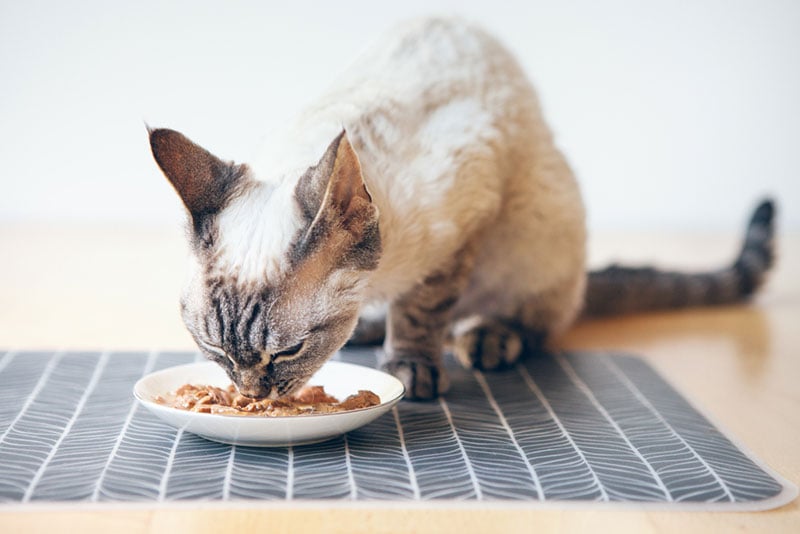
What Happens If You Miss a Dose?
If a dose of MiraLAX is missed, there are a couple of options. One would be to give the medication as soon as you remember it, and then the next dose would be given 12 hours out from this new starting time. The other option, which may be more helpful if so much time has passed that it is closer to the next regularly scheduled dose, is to wait until that dose is due and give it normally as instructed.
Do not ever double the amount given in a single setting, even if a dose was missed. If you have questions or concerns, you should contact your veterinarian.
Potential Side Effects of MiraLAX
Some potential side effects of this drug include nausea, abdominal distension, gas, and/or pain in the abdomen. Hydration status and electrolytes in the blood may be recommended to be monitored while taking this medication as cats could become dehydrated or have electrolyte imbalances.
In addition, this medication also runs the risk of swaying too far on the pendulum and causing the opposite problem, diarrhea!
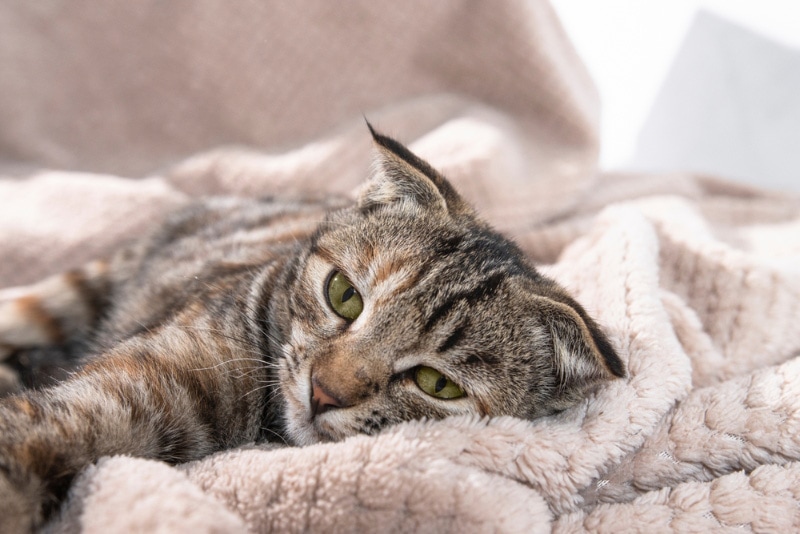
Frequently Asked Questions
How should the medication be stored?
According to package directions, MiraLAX should be stored at 68–77 degrees F (20–25 degrees C). After first use, you can continue to store the remainder of the product in the container that it comes in. As always, when a medication is not in use, it should be kept completely closed and away from pets and children.
What are some cases where MiraLAX should not be used?
This medication should not be used in various circumstances in cats. Some of these could include when a cat has: a known allergy to it, an intestinal obstruction or tear, or megacolon (an irreversible condition with enlargement of the colon). A cautious approach (including a risk-versus-benefits discussion with a veterinarian) should be taken with the use of MiraLAX in a cat that has signs of illness such as fever, lethargy, or continual vomiting. In addition, caution should be used in cats that are pregnant or with certain diseases, such as long-term renal failure. Furthermore, intensive monitoring and oversight may be needed by a veterinarian for the use of MiraLAX in a cat in some circumstances, including those that may be on other medications, including diuretics and ACE inhibitors.
How long will it take for the medication to work?
This medication is expected to help your cat have a successful and softer bowel movement in 1 to 2 days. Once stopped, this medication’s effects are not expected to continue to work after 24 hours of being given.
Conclusion
MiraLAX, an osmotic laxative that was originally approved for people, also has the potential to help cats with mild constipation or to empty their bowels for a procedure. While it is available for over-the-counter use for people, in cats, its use should be used under the direction of a veterinarian.




